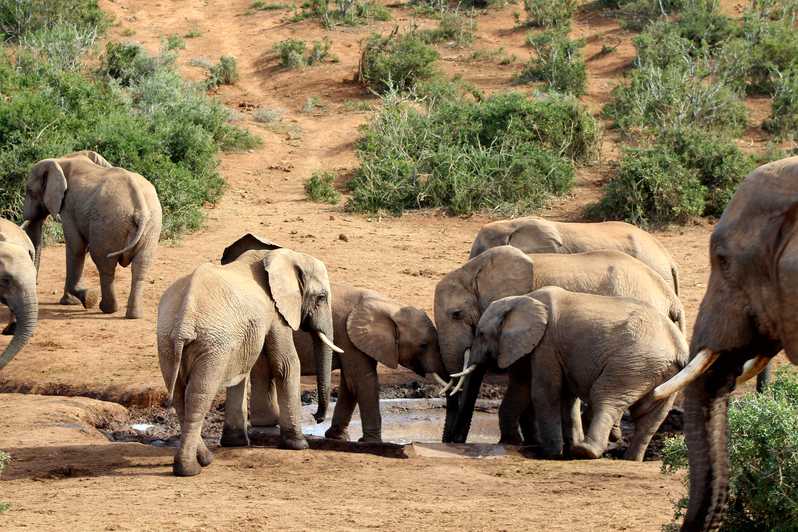[post_page_title]Habitat loss[/post_page_title]
Though organizations have made considerable improvements to the habitats of elephants, by protecting much of their land, habitat loss remains a huge threat to elephant populations.

Due to growing human populations, more and more land is being used for housing, agriculture, and resources. This, therefore, takes away, and destroys, much of the land in which elephants reside. Organizations cannot conserve all land that elephants inhabit, sadly, and so they are not completely protected by law. This forces them to move to new, potentially unprotected, unsuitable, or fragmented land.
